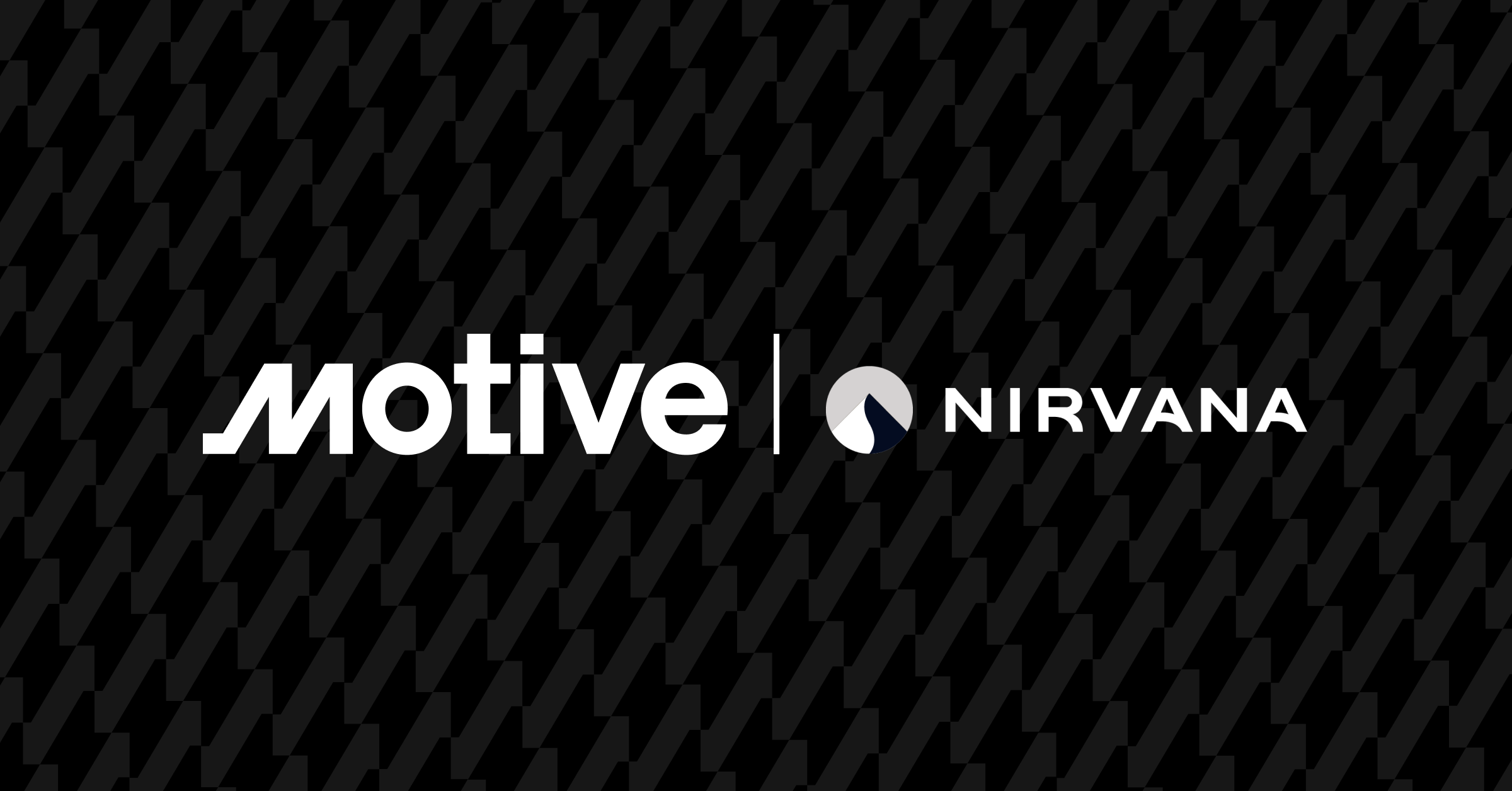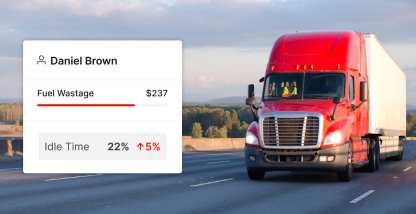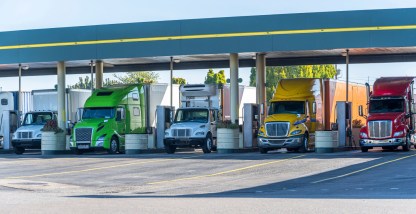Since late 2022, we have been in a freight recession that appears to be continuing into 2024. In this post-pandemic landscape, people are buying fewer things, the supply chain is normalizing, and retailers are finding a new balance of inventory to match lower consumer demand. This has resulted in fewer goods being shipped and the trucking market contracting in the midst of excess capacity. Several major trucking firms’ adjusted net income fell between 22% and 69% in the second quarter of 2023 compared to the same period in 2022.
Yet, trying times offer new opportunities for efficiency, cost savings, and more for the savvy fleet owner. Whether your business is small or large, there are several strategic maneuvers you can make to bolster your operations, insurance, and team. In fact, Motive has recently partnered with Nirvana Insurance to offer upfront discounts on your policy premiums and protect your fleet against fraudulent claims.

With the winds of change upon us, here are six ways to reduce risk and maintain the best economic standing possible.
1. Transition to per-mile insurance
Traditional insurance assumes that your fleet is operating between 80% to 100% capacity. You must pay this rate regardless of how many drivers you have on the road, and even if you downsize operations.
But there is a smarter option: modern insurance carriers take advantage of in-cab telematics technology that provides detailed, real-time data for hauls to offer better, more tailored rates. In this innovative insurance model, you only pay for coverage on actual mileage logged, without spending on coverage for parked trucks.
2. Invest in safety & training
To maximize getting the most out of your fleet & telematics, you’ll want to invest in safety and training for your fleet.
If you’re facing cutbacks, you’ll need visibility into which driver behaviors are causing losses and which behaviors are worth highlighting. Focusing on the positive actions drivers are taking can help motivate other drivers to perform better on the road.
Insurance carriers that use telematics to generate safety scores give insureds instant visibility into driver performance, including information on routes taken, rest patterns, speed, and occurrences of harsh braking & turning. Fleet operators gain valuable insight into which unsafe driving behaviors are present within the fleet so they can implement specific training programs to help improve driver outcomes.
3. Prioritize maintenance
It’s easy to consider deferring maintenance in an attempt to save on costs in the short term. This year, though, many companies have seen an increase in more costly, unscheduled maintenance repairs because their vehicles are operating past scheduled service dates.
Properly maintained trucks are easier to drive, less likely to have an accident, and their drivers are more likely to have a positive experience. When trucks are kept up-to-date, they use less fuel, have fewer breakdowns, and are more reliable.
4. Employ a fleet of newer power units
Investing in newer vehicles has multiple benefits. On average, newer trucks have fewer accidents, are easier to maintain, require fewer repairs, and last longer than their older counterparts.
Significant technological advancements in vehicle safety, collision avoidance, and lane departure have made these features much more standard in the last five years.
5. Utilize technology to demonstrate proof of safety
Safety considerations are a top priority when potential customers are evaluating your operation. To retain existing customers and attract new ones, employ sophisticated in-cab technology that empowers your fleet to surpass safety expectations across the board. AI dash cams can alert drivers and managers to unsafe driving, adverse road conditions, or safety events like accidents – all in real time. And advanced telematics continuously provide sensor data on all vehicles, reporting on route logistics and factors such as how drivers are maneuvering lanes of traffic.
A single dashboard view takes away the guesswork and gives operators a clear, true picture of their fleet’s safety. When you can prove the high performance and safety of your entire fleet, you become very attractive to companies that are considering partnering with you.
6. Save on fuel
Fuel makes up about 40% of a commercial fleet’s total operating budget. And though fuel costs have dipped since 2022’s record high, fuel continues to be a top expense for commercial transportation businesses. Fortunately, there are fuel card options that offer significant discounts at stations across the country. Even a 5% savings over your fleet can add up.
Bottom line: This is an unsettling time for many owners and operators in the fleet industry, but there are multiple opportunities to take action and influence outcomes for your business. For more information on how to protect your fleet in the face of this freight recession, take a tour of Motive or contact Nirvana Insurance.










